Aggregation is evil!
Read the UML specs about the two variants they introduced (p. 110):
none: Indicates that the Property has no aggregation semantics. [hear, hear!]
shared: Indicates that the Property has shared aggregation semantics. Precise semantics of shared aggregation varies by application area and modeler.
composite: Indicates that the Property is aggregated compositely, i.e., the composite object has responsibility for the existence and storage of the composed objects (see the definition of parts in 11.2.3).
Composite aggregation is a strong form of aggregation that requires a part object be included in at most one composite object at a time. If a composite object is deleted, all of its part instances that are objects are deleted with it.
Now, that last sentence clearly indicates where you should use composite (!) aggregation: in security related appications. When you delete a person record in a database you need to also delete all related entities. That often used example with a car being composed of motor, tires, etc. does not really fit. The tires do not vanish when you "delete" the car. Simply because you can not delete it. Even worse is the use of a shared composite since it has no definition per definition (sic!).
So what should you do? Use multiplicities! That is what people usually want to show. There are 0..n, 1, etc. elements related to to the class at the other side. Eventually you name these by using roles to make it explicit.
If you consider DispatchingWaybill and ReceivingWaybill it looks like those are association classes. With the right multiplicities (1-* / *-1) you can leave it this way. (Edit: note the little dots at the association's ends which tell that the class at the opposite has an attribute named after the role.)

Alternatively attach either with a dashed line to an association between the classes where they are currently connected to.



